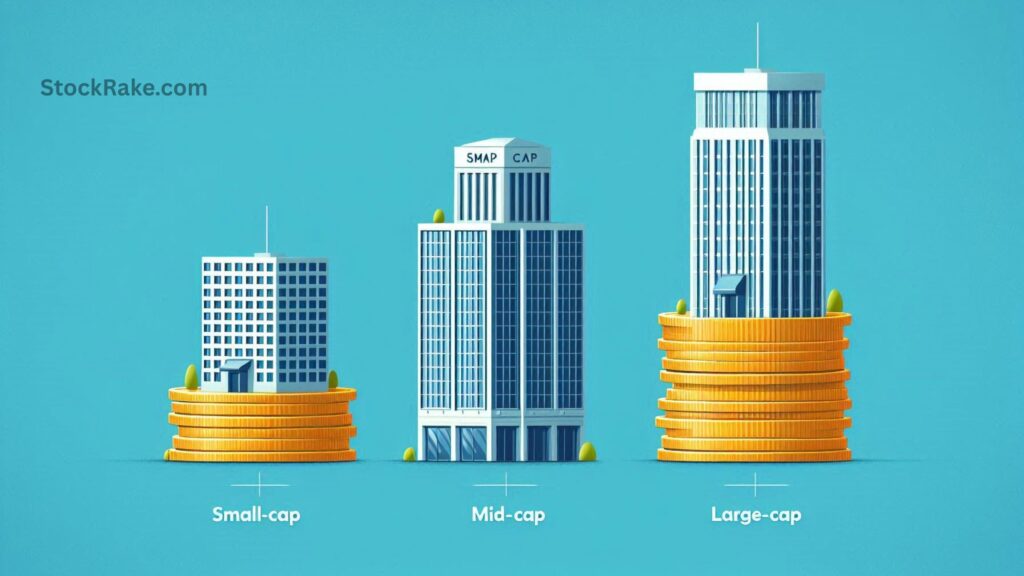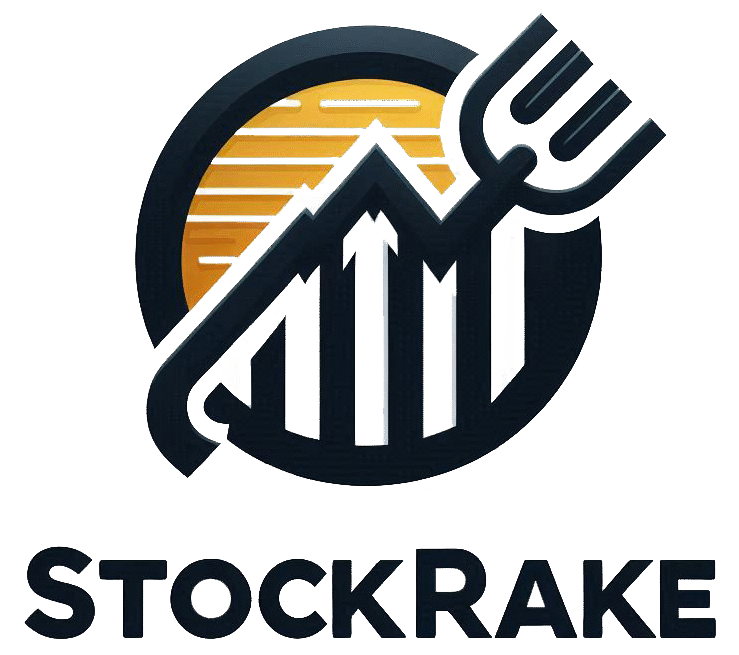If you’ve ever checked stock prices or read financial news, you’ve likely seen the term market capitalization — or market cap — mentioned everywhere. But what does it actually mean, and why do investors care so much about it?
In simple terms, market cap represents a company’s total value as judged by the stock market. It’s a quick way to understand how big a company is, how stable it might be, and what kind of growth or risk investors can expect.
Market cap is one of the most important tools for comparing companies — but it’s also one of the most misunderstood. Let’s break it down clearly and explore how it works for both stocks and cryptocurrencies.
💡 How to Calculate Market Cap

The formula for market capitalization is straightforward:
Market Cap = Current Share Price × Total Number of Shares Outstanding
Let’s look at a few examples to make it concrete:
- Example 1:
A company has 20 million shares, each priced at $100.
→ Market Cap = 20,000,000 × $100 = $2 billion - Example 2:
Another company’s shares cost $1,000, but only 10,000 shares exist.
→ Market Cap = 10,000 × $1,000 = $10 million
So, while one company’s stock price looks higher, the first company is actually much larger in total value. Market cap helps you see the true scale of a business, not just how expensive its stock looks on the surface.

Also Read: What Are Analysts’ Top Value Stock Picks This Month?
📊 What Market Cap Tells You About a Company’s Size

Market capitalization also serves as a handy way to classify companies by size, which helps investors balance their portfolios and manage risk.
| Category | Market Cap Range | Examples | Typical Traits |
|---|---|---|---|
| Large-Cap | $10 billion+ | Apple, Microsoft, Alphabet | Stable, well-known, often pay dividends |
| Mid-Cap | $2 billion–$10 billion | Etsy, Roku, DraftKings | Growing, moderate risk |
| Small-Cap | $250 million–$2 billion | Regional or niche firms | High growth potential, higher volatility |
| Micro-Cap | < $250 million | Startups, penny stocks | High risk, speculative |
Why This Matters
- Large-cap stocks tend to be safer and more stable — ideal for conservative investors.
- Mid-caps often strike a balance between growth and stability.
- Small- and micro-cap stocks can skyrocket in value — or crash — much faster.
Investors often mix different caps in their portfolios to balance potential returns and risk exposure.
🪙 Market Cap and Cryptocurrencies
The concept of market capitalization also applies to cryptocurrencies — though it works a bit differently.

Here’s how it’s calculated:
Crypto Market Cap = Current Price × Circulating Supply
And because many cryptocurrencies release new coins over time, analysts also look at:
Diluted Market Cap = Current Price × Total Possible Supply
Example: Bitcoin
Let’s use real numbers:
- Bitcoin Price: $24,000
- Coins in Circulation: 19.8 million
- Maximum Possible Supply: 21 million
That gives us:
- Market Cap: 24,000 × 19.8M = $475.2 billion
- Diluted Market Cap: 24,000 × 21M = $504 billion
The diluted cap shows what the total value could be if all coins were in circulation — a useful measure for long-term investors trying to understand a crypto’s potential inflation or dilution.
👉 For more details on how crypto valuations work, check resources like CoinMarketCap or Investopedia’s crypto guide.
🚫 Common Myths About Market Cap
Despite being widely used, market cap is often misunderstood. Let’s clear up some common myths.

Myth #1: Market Cap = Company’s True Value
Not exactly. Market cap only reflects what investors currently think a company is worth based on its stock price. That price can fluctuate daily due to market sentiment, economic news, or hype.
In reality, a company’s intrinsic value depends on fundamentals like:
- Revenue and profit margins
- Assets and debt
- Growth potential and competitive edge
That’s why professional investors use more in-depth valuation tools — like the price-to-earnings ratio (P/E) or discounted cash flow (DCF) — alongside market cap.
Myth #2: Market Cap Tells You the Cost to Buy a Company
Nope. If you wanted to buy a company outright, you’d use enterprise value (EV) — not market cap.
EV includes:
- Market cap
- Debt
- – Cash on hand
It’s a more accurate measure of what a takeover might actually cost. You can learn more about this from Forbes Finance Council’s guide on valuation metrics.
Myth #3: A Higher Market Cap Means Better Investment
A high market cap doesn’t automatically make a company a good buy. Sometimes, large companies are overvalued, while small-caps may be hidden gems. That’s why research and diversification matter far more than size alone.
💬 Expert Insight: How Investors Use Market Cap Strategically
Seasoned investors use market cap to build balanced portfolios:
- Conservative portfolios lean toward large-cap companies for stability.
- Aggressive portfolios include more small- and mid-caps for growth potential.
- Thematic portfolios (like green energy or AI) might mix all sizes for exposure to innovation and stability.
Example:
An investor might hold Apple (large-cap) for steady growth, Shopify (mid-cap) for moderate risk, and emerging clean-tech stocks (small-cap) for high upside.
This mix helps smooth out performance over time.

Also Read: What Are Analysts’ Top Value Stock Picks This Month?
🧠 Actionable Tips for Investors
Here are a few practical ways to apply market cap knowledge to your investing strategy:
- Know your risk tolerance.
If volatility stresses you out, focus on large-cap companies. - Use market cap to diversify.
Include a mix of large-, mid-, and small-caps for balance. - Don’t chase stock prices.
A $1,000 stock isn’t necessarily “better” than a $10 stock — check the market cap first. - Track changes over time.
Market cap growth often signals rising investor confidence — or inflation of hype. - Compare within sectors.
Comparing two tech firms by market cap offers more insight than comparing tech to oil companies.
Conclusion: Market Cap — A Simple Number with Big Insights
Market cap might seem like a simple calculation, but it’s one of the most useful metrics in investing. It gives you a quick snapshot of a company’s scale, helps you compare opportunities, and guides portfolio balance.
Still, remember: market cap isn’t the full story. Combine it with other financial data — like earnings, cash flow, and debt — to make smarter, long-term investment decisions.
❓ Frequently Asked Questions (FAQs)
Q1. What is market capitalization in simple terms?
Market cap is the total value of a company’s shares — basically what the market thinks the company is worth.
Q2. How do I find a company’s market cap?
You can find it instantly on platforms like Yahoo Finance, Google Finance, or Morningstar — it’s calculated automatically.
Q3. Does a high market cap mean low risk?
Generally yes — large-cap companies tend to be more stable, but that doesn’t mean they’re risk-free.
Q4. Can a company’s market cap change overnight?
Absolutely. Market cap fluctuates daily based on stock price movements and investor sentiment.
Q5. What’s the difference between market cap and enterprise value?
Market cap measures equity value; enterprise value adds debt and subtracts cash to show total business value.


